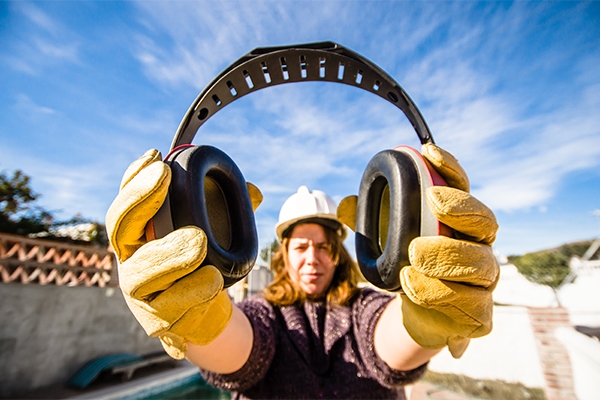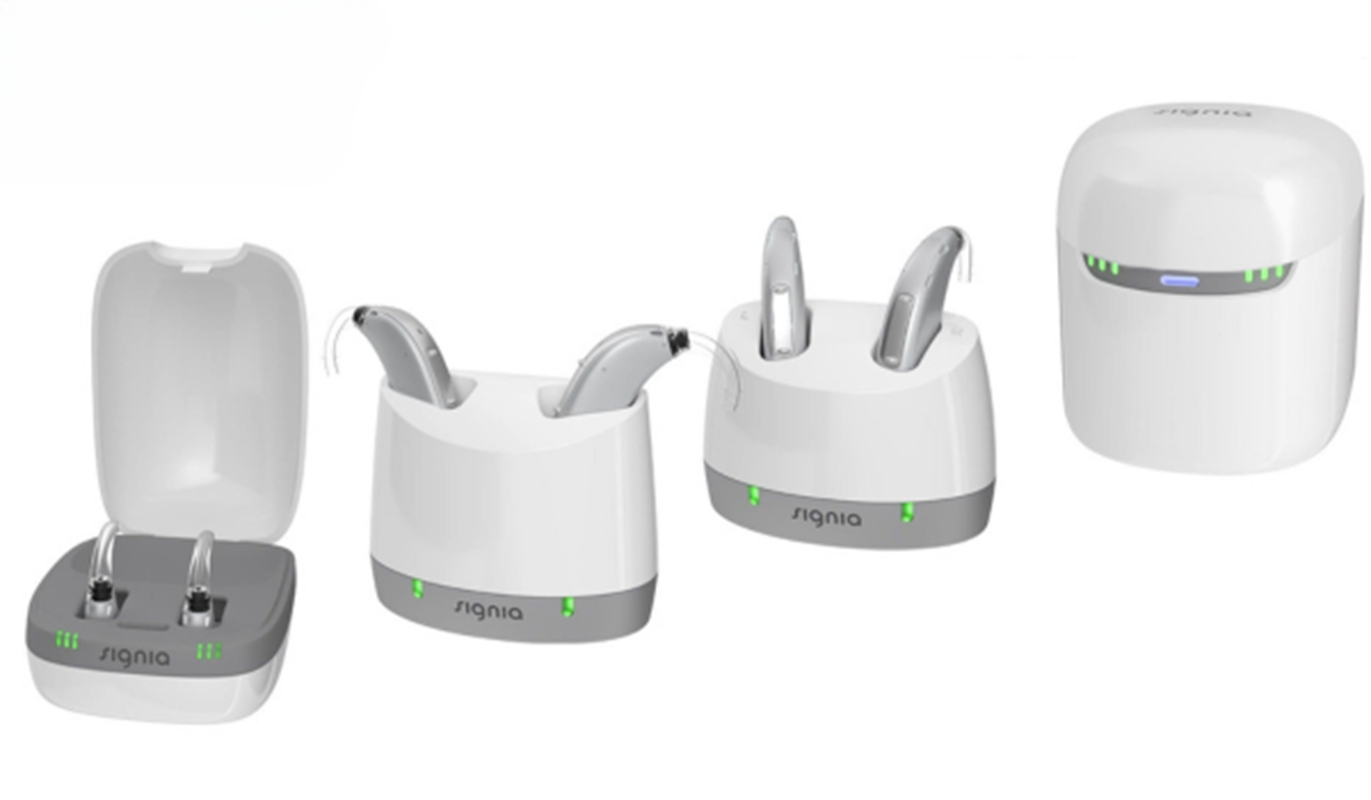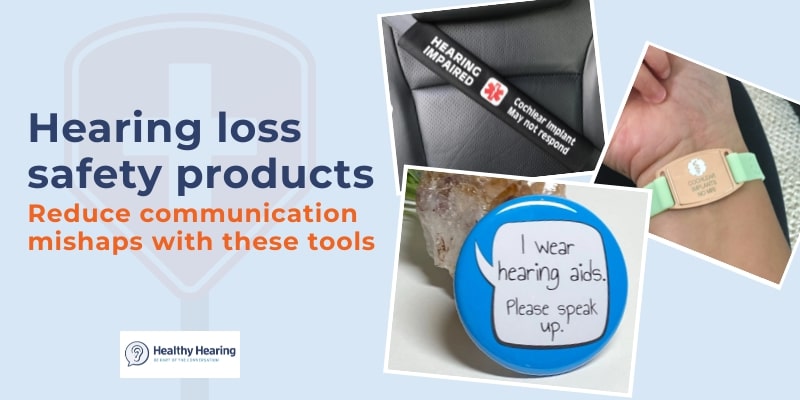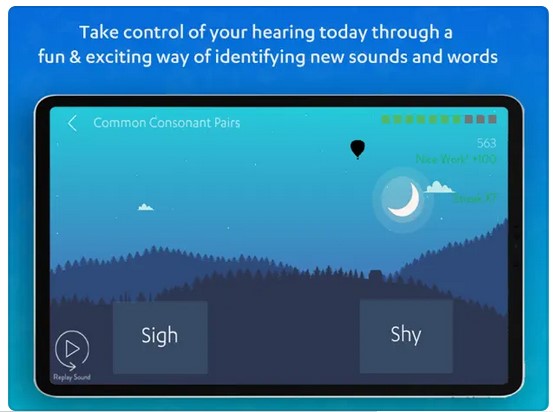If you’ve been wearing eyeglasses for years and just found out you also need hearing aids, you may be wondering what to expect, or if the combination of the two might be more trouble than its worth.
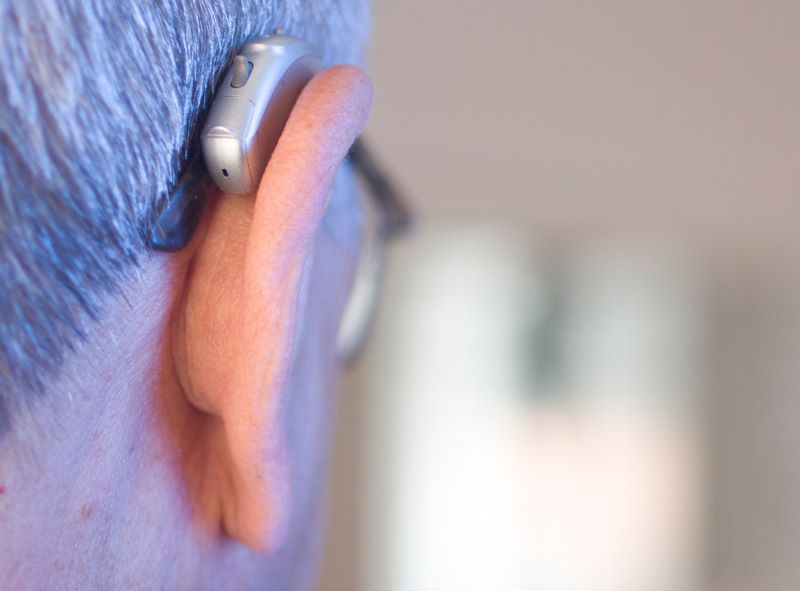
and eyeglasses together should not be uncomfortable.
“A lot of patients who wear glasses but are new to hearing aids worry about their hearing aids fitting well with eyewear," notes Maggie Robertson, AuD, of Davis Audiology in Greenville, S.C. “Once I try the hearing device on the patient along with their eyeglasses, most of their concerns are alleviated.”
Discomfort should not be a problem as long as your hearing devices and frames are a good fit together, she said. And if there are any issues—poor audio quality, pressure on the ears, skin irritation—your hearing care provider can usually find a solution.
Hearing aid wire can be adjusted, if needed
For example, all you may need is a slight change to how your hearing aids sit on your ears. Often, that's by making length adjustments to the thin plastic tube known as a "receiver wire" that connects the speaker to the device.
“If there is any discomfort, we can shorten or lengthen the receiver wire of the hearing aid to sit at a different spot or behind the ear,” she explains.
Note: This tweak applies to behind-the-ear (BTE) hearing aids, the most common type of hearing aid. Read more on hearing aid types and styles if you're not sure what kind you have. Some hearing aids don't rest on the ear, and these may work better for some people, notes Elizabeth Diamond, AuD, of Priority Hearing, which has several locations in Arizona.
“When we’re fitting someone for hearing aids, we always take into account not just the physical fit, but also the audiologic factors,” she says. “If a patient wears reading glasses, bifocals, or even sunglasses, we want to ensure the hearing device is a good fit. We consider whether they might do better with a BTE device, a smaller hearing aid, one that’s shaped slightly differently, or an in-the-ear (ITE) device.”
Some eyeglass frames will work better than others
Sometimes, the best solution is finding different frames.
“It really depends on how much space there is between the patient's ears and head,” Robertson says. “If there isn't a lot of space, a thinner frame may be more comfortable.”
Eyeglasses that curve around the head, rather than over the ears, are a great option since they aren’t touching the hearing aid, she explains. In addition, eyeglass frames with thinner temples (arms) offer more room if you wear a BTE hearing aid and allow for additional comfort.
If you're worried you'll lose your hearing aids

retention cord suitable for kids and adults.
Both Diamond and Robertson noted that patients tend to worry they'll lose their hearing aids if they take their glasses off a lot, such as with reading glasses.
Fortunately, there are extra measures you can take if you’re concerned.
These solutions include:
- Retention locks, grips and stickers
- Retention clips that attach to a neck cord
- Custom earmolds, which fit snugly in the ear canal and don't fall out easily
Related: Lost your hearing aids? Follow these steps ASAP.
Report any problems right away, experts advise
While some patients may be hesitant to see their audiologist if they’re having a problem wearing both glasses and hearing aids, Diamond emphasizes that fit and comfort are both important and should be addressed promptly, since it’s far better to have your concerns addressed than to not wear your hearing aids.
Speaking up early on in the process is also a good idea, she added, since nearly every state has a requirement for a trial period, meaning you can get your money back if your devices aren't going to work for you.
“I don't want anybody to live in pain wearing hearing aids,” she says. "I say kiddingly that I want hearing aids to be like a crock pot. I want to set it, forget it, and not have to worry about it, so, if there's anything—comfort, sound quality—any of those sorts of things that are bothering you, please tell me about it.”
This might be the first time you’ve worn hearing aids and eyeglasses together, but your hearing care professional has helped many, many patients find a comfortable solution. And if you've been holding back from getting help, our directory has thousands of consumer-reviewed hearing clinics. Find one near you today.
More: Hearing and vision loss equals 'substantial' risk for dementia, studies indicate
The above is the interpretation of How to Wear Glasses and Hearing Aids Comfortably provided by Chinese hearing aid supplier Shenrui Medical. Link https://www.srmcm.com/Blog/How_to_Wear_Glasses_and_Hearing_Aids_Comfortably.html of this article is welcome to share and forward. For more hearing aid related information, please visit Blog or take a look at our Hearing aids products






